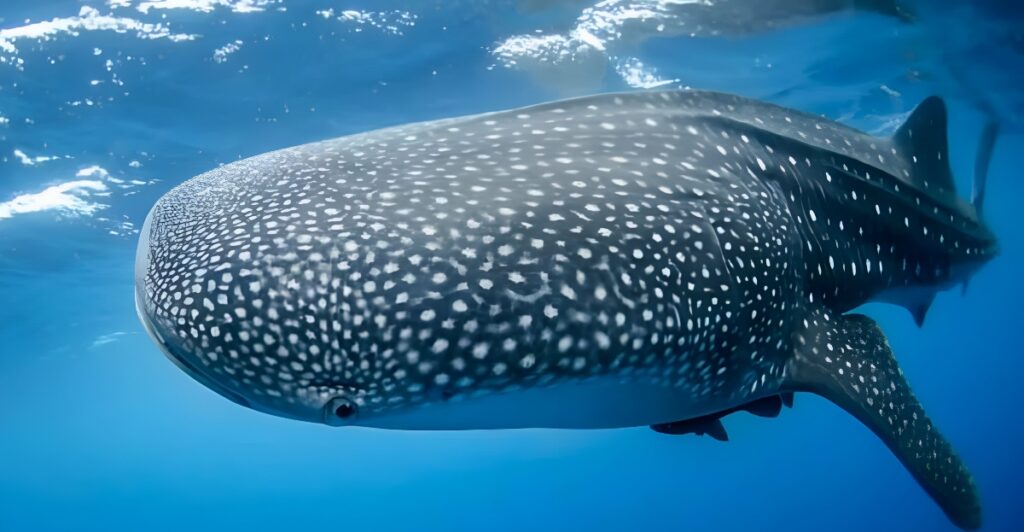
The Pacific Ocean is no stranger to colossal marine life, but the recent sighting of a 60-foot whale shark shattered expectations and scientific assumptions. At nearly 20 feet longer than the average whale shark, this individual challenges previous assumptions about the species’ growth limits.
The massive whale shark was spotted in the Pacific Ocean, setting a new record for the largest fish ever documented in these waters.This one-of-a-kind sighting wasn’t just a scientific thrill—it arrived at a moment when whale shark populations are shrinking at alarming rates.
Such an anomaly forces scientists to ask: what other biological extremes might the ocean still hide? In a time of climate-driven biodiversity loss, this giant is both a biological marvel and a clarion call for stronger marine protections.
Climate Change May Be Growing Giants
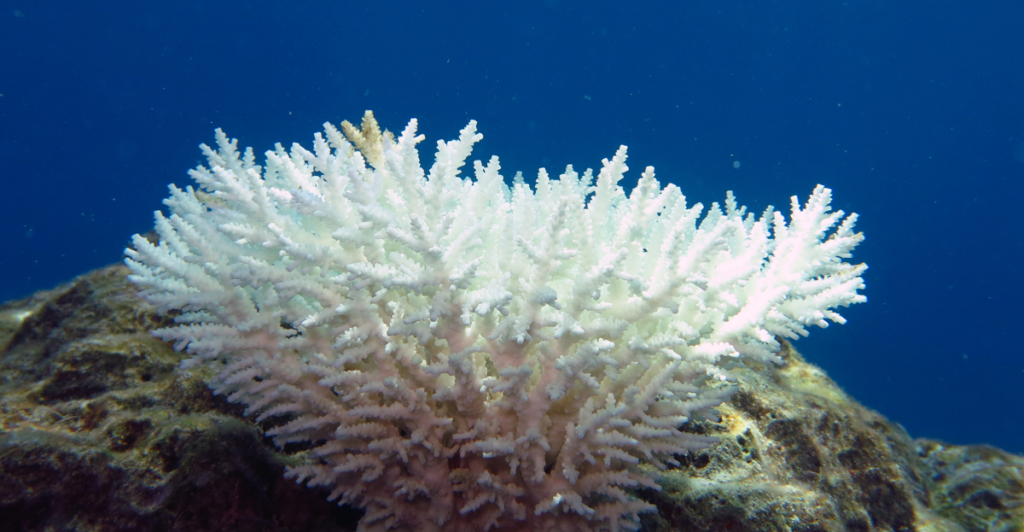
Could climate change actually be contributing to ocean giants reaching previously unseen sizes? While global warming often spells trouble for marine life, there’s evidence that warming seas can increase plankton blooms in certain regions, fueling growth for filter-feeders like whale sharks. If food becomes more abundant, individuals may grow larger and live longer.
Though speculative, this theory is gaining traction, especially when considering the “extraordinary 60-foot measurement” of the Pacific whale shark. As oceans change, not all effects are immediately catastrophic—some are complex and counterintuitive.
However, temporary gains in food availability don’t outweigh the long-term dangers of rising temperatures and shifting currents, which may ultimately disrupt whale shark migration and feeding. This paradox highlights the intricate, and sometimes conflicting, ways in which climate change reshapes marine ecosystems.
The Largest Fish Ever Documented
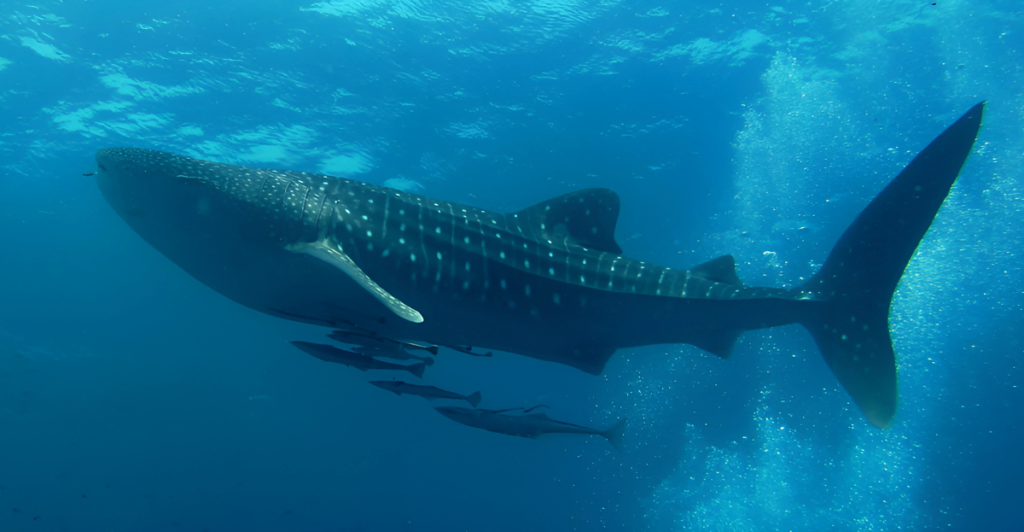
An enormous whale shark recently spotted in the Pacific has set a new benchmark for marine biology. This specimen, measuring a staggering 60 feet, dwarfs the average whale shark’s length of around 40 feet, sparking intrigue among scientists about the species’ full growth potential.
Documented through verifiable measurements and clear photographic evidence, the shark is now recognized as possibly the largest fish ever recorded. The timing is significant, given mounting concern about whale shark population declines worldwide.
Researchers are seizing the opportunity to study this individual, hoping to learn more about the longevity, biology, and environmental conditions that allow such extraordinary growth. In a period marked by ecological strain, this sighting offers a rare and valuable glimpse into the possibilities of life beneath the waves.
The Gentle Giants of the Sea
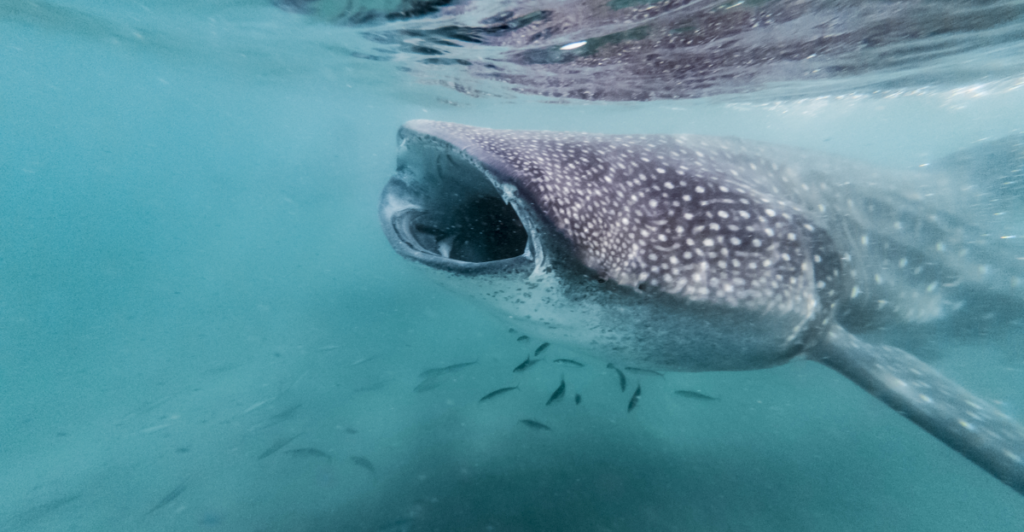
Whale sharks (Rhincodon typus), despite their immense size, are peaceful filter-feeders that primarily consume plankton and other microscopic marine life. As the largest fish species on Earth, they play a vital ecological role in maintaining balance within ocean ecosystems.
Marine conservationists regard their presence as a sign of a healthy marine environment. In addition to their ecological function, whale sharks contribute economically through ecotourism, attracting visitors eager to experience these oceanic giants in their natural habitat.
Dr. Simon Pierce, co-founder of the Marine Megafauna Foundation, has championed their global conservation and authored the first scientific textbook dedicated to whale sharks. These gentle giants symbolize not only the awe-inspiring diversity of marine life but also the delicate balance that sustains ocean health across the globe.
A Species in Serious Decline
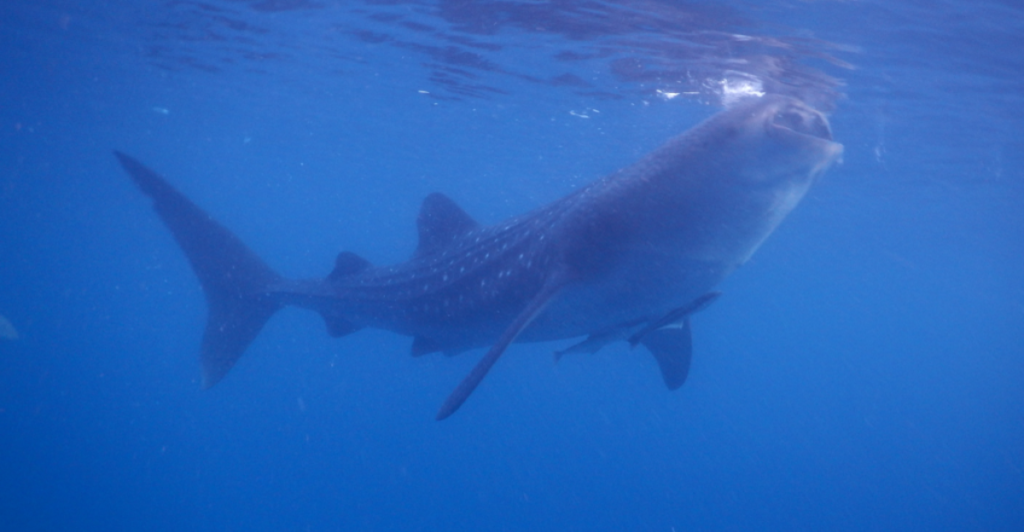
Whale sharks, once abundant across the tropics, are now facing a steep population decline. Studies by the Marine Biology Association and University of Southampton reveal their global numbers have dropped by over 50% in just 75 years. This rapid decline has led to their classification as “Endangered” on the IUCN Red List.
Among the biggest threats is commercial shipping. As vessel traffic has multiplied fiftyfold in recent decades, whale sharks are increasingly vulnerable to fatal collisions in coastal waters. The discovery of a record-breaking 60-foot specimen highlights what could be lost if conservation efforts fall short.
Additional pressures include entanglement in fishing gear, shrinking habitats, and climate-driven changes to plankton populations—the whale shark’s primary food source. Without urgent intervention, this iconic species could fade from our oceans.
The Pacific’s Other Oceanic Giants
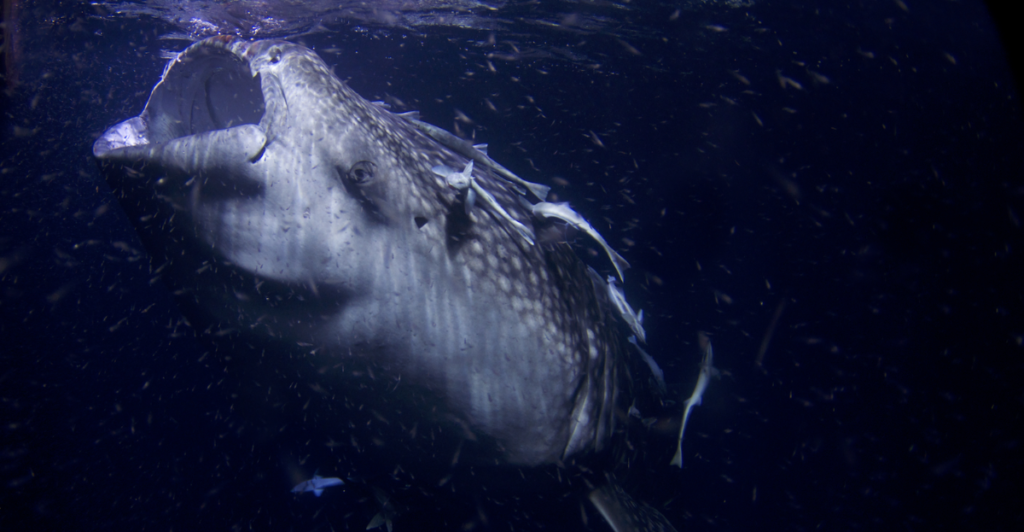
While whale sharks dominate headlines, the Pacific Ocean is home to several other massive marine species. Basking sharks (Cetorhinus maximus), second only to whale sharks in size, can grow up to 14 meters (46 feet) and weigh around 16 tonnes.
Great white sharks (Carcharodon carcharias), known for their predatory prowess, reach lengths of 7 meters (23 feet) and weigh more than 3,300 kilograms. Among bony fishes, the southern sunfish (Mola alexandrini) and ocean sunfish (Mola mola) stand out, with verified weights reaching 2,744 kilograms.
NOAA Fisheries has also spotlighted the Pacific sleeper shark, a mysterious, deep-sea predator possibly rivaling all others in size. These giants, while vastly different in behavior and biology, underscore the Pacific’s remarkable marine biodiversity—and the importance of preserving it amid mounting environmental pressures.
How Bluefin Tuna Bounced Back
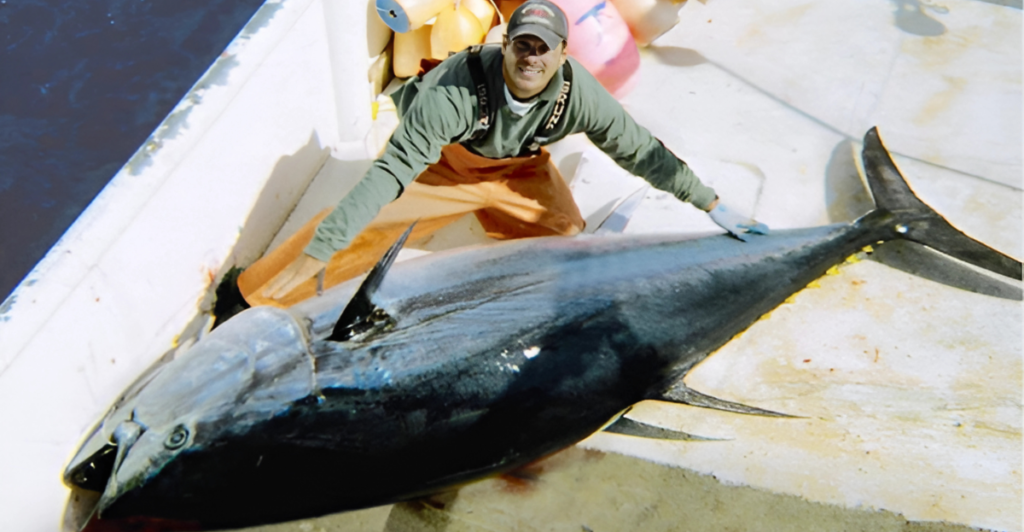
The Pacific bluefin tuna once teetered on the brink of collapse, with populations falling by more than 96% due to overfishing. Yet thanks to decisive international action, its numbers are now rebounding—particularly among reproductive females.
This turnaround is a rare conservation success, driven by science-based quotas, enforcement, and multinational cooperation. The recovery of the bluefin tuna offers hope that even heavily exploited species can make comebacks when strategies align across jurisdictions. Such models may offer a template for whale shark protection, especially considering their wide-ranging migration paths.
Other efforts, like the Pacific Salmon Strategy Initiative, show that addressing climate impacts and habitat degradation through collective, targeted responses is both feasible and effective. The bluefin’s comeback proves that science, policy, and perseverance can save ocean giants.
Why Marine Protected Areas Matter
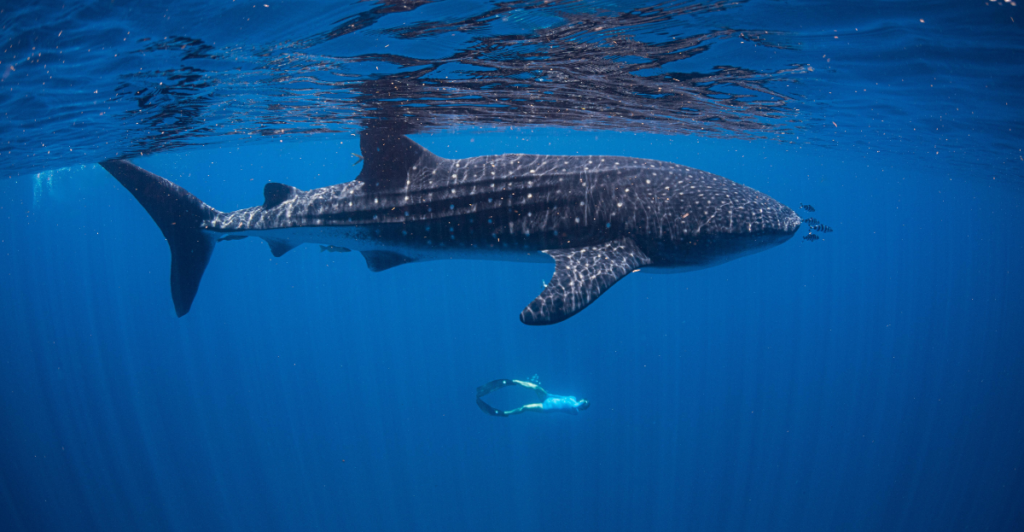
Large marine protected areas (MPAs) are proving effective in shielding migratory species like whale sharks from exploitation. A landmark study published in Science evaluated nine major MPAs across the Pacific and Indian oceans, revealing a 12–18% increase in tuna catch rates near protected zones.
This “spillover effect” was strongest in areas with previous high fishing pressure and effective enforcement. The findings underscore MPAs’ potential in promoting both biodiversity and sustainable fisheries. With over 20 large MPAs now established globally, conservationists see them as vital tools for protecting wide-ranging species.
For whale sharks, especially those traveling across vast ocean routes, carefully designed MPAs could offer safe corridors for feeding and breeding. As marine threats increase, such sanctuaries may be crucial to ensuring long-term survival for these vulnerable giants.
Science Behind the Giants
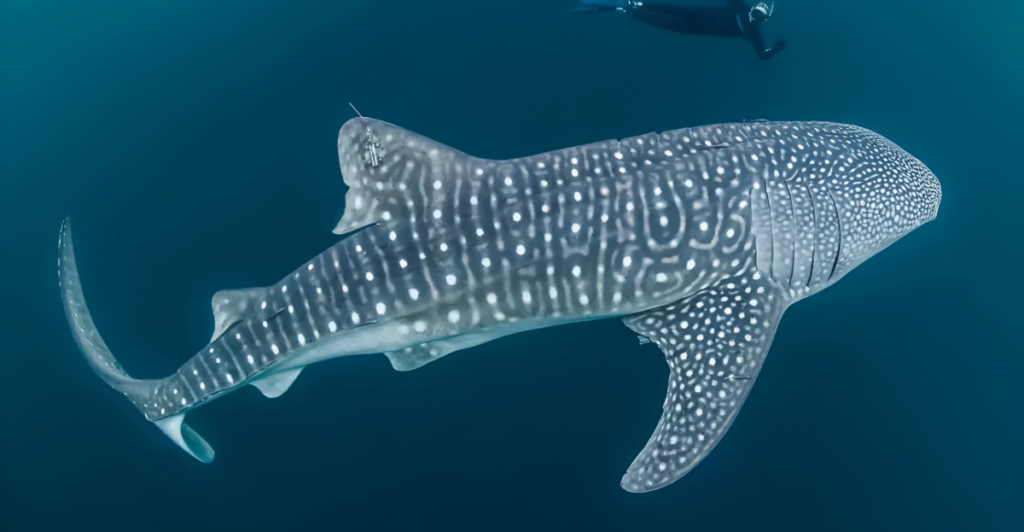
Ongoing research is critical for protecting marine giants like whale sharks. Experts such as Dr. Zeb Hogan have documented that nearly 70% of the world’s largest fish face extinction threats, largely from overfishing, habitat destruction, and climate change.
In parallel, scientists are discovering new facts about long-lived species—like the rougheye rockfish, recently found in the Pacific and potentially over 200 years old. These findings reveal just how little we truly know about ocean life. At the Marine Megafauna Foundation, researchers are actively studying whale shark genetics, feeding habits, migration routes, and population trends.
These data not only inform protective measures but also deepen our understanding of how these elusive creatures survive and adapt. The more we learn, the better we can ensure their future in our changing seas.
Inspiring Action Through Wonder

The discovery of the Pacific’s largest whale shark offers a rare opportunity to galvanize public support for marine conservation. Whale sharks captivate audiences and play a key role in ecotourism, especially in places like the Maldives, where efforts have tracked individual sharks since 1995.
These programs also spotlight the many dangers the species faces, from boat strikes to habitat degradation. Public education has proven essential in shifting perceptions—from fear to admiration. Through school programs, virtual talks, and conservation campaigns led by experts like Dr. Simon Pierce, communities are increasingly aware of the importance of protecting these animals.
As decades of shark conservation efforts have shown, public curiosity can evolve into lasting advocacy when coupled with science-based outreach that connects people to the marine world.
What Comes Next for Whale Sharks
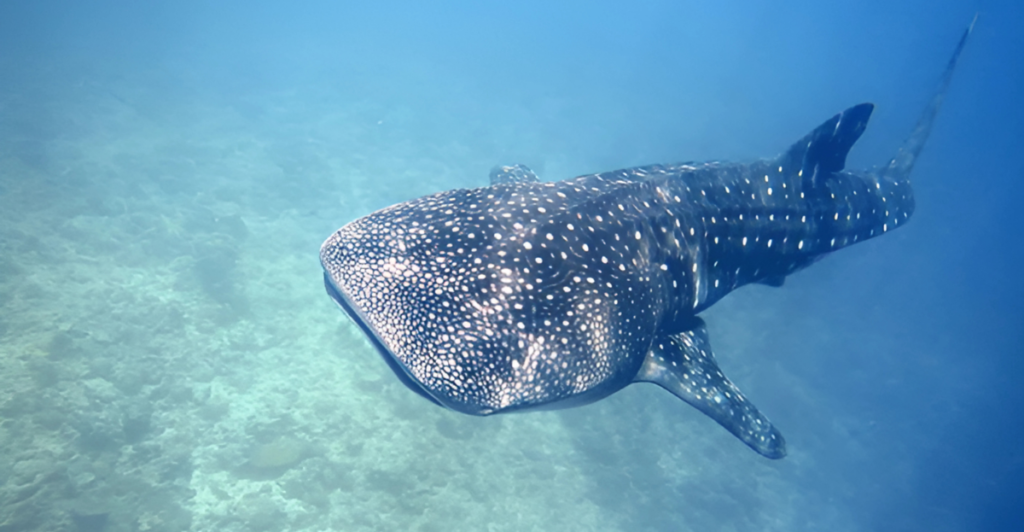
The extraordinary whale shark discovery is more than a biological milestone—it’s a wake-up call for global conservation. With populations having dropped dramatically, the time to act is now. Building on successes like the bluefin tuna recovery, scientists and policymakers must push for expanded marine protected areas, particularly in regions where whale sharks congregate.
Better management of shipping routes could also reduce deadly collisions. Since whale sharks migrate across international waters, cooperative governance is essential. These awe-inspiring creatures represent more than ecological significance—they’re part of our planet’s natural legacy.
If we fail to protect them, we risk losing a vital thread in the fabric of ocean life. This record-breaking individual reminds us of what’s at stake—and what could still be saved with swift, strategic action.
Explore more of our trending stories and hit Follow to keep them coming to your feed!

Don’t miss out on more stories like this! Hit the Follow button at the top of this article to stay updated with the latest news. Share your thoughts in the comments—we’d love to hear from you!







